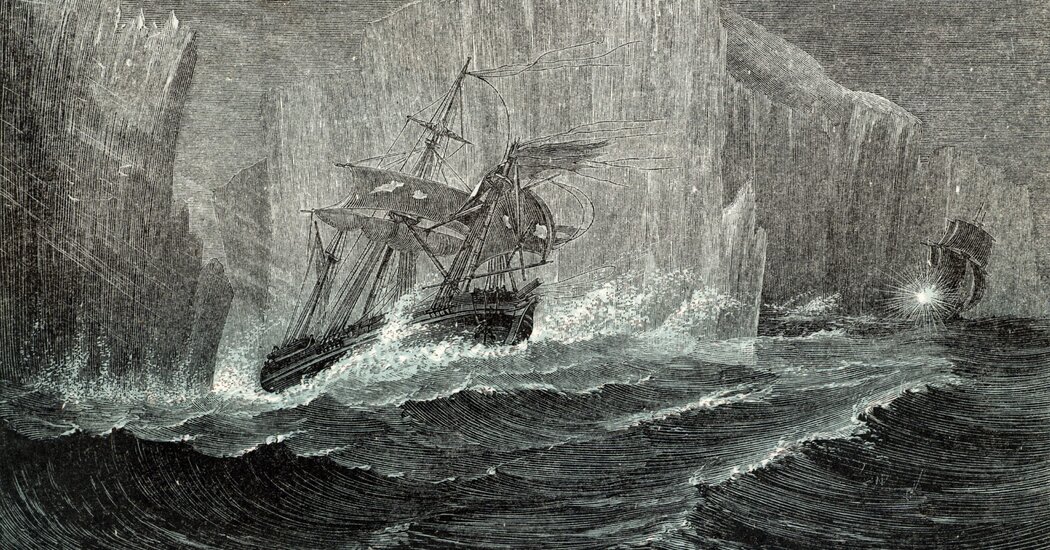A new study offers clues to a 179-year-old mystery that killed more than 100 explorers on the Franklin expedition in the Canadian Arctic.
Into the frozen fray they went, the explorer Sir John Franklin and his crew of 128 men, sailing from England in 1845 in search of the Northwest Passage. And there, in the unforgiving expanse of the Canadian Arctic, they perished. No one knows exactly what happened.
Now, with the help of a sophisticated DNA-matching method, researchers have identified the remains of Captain James Fitzjames, the expedition’s third-highest-ranking officer, who died sometime in 1848 as he and other crew members tried to escape the ice.
Fitzjames is the second person to be identified from the expedition. And he is the first member of the crew definitively known to have been the victim of cannibalism.
Remains and artifacts from the doomed voyage are scattered around King William Island and the Adelaide Peninsula. Each unearthed clue leads to renewed fascination with a disaster that captured the 19th-century imagination.
“Every new discovery sort of closes a chapter and then opens a new page,” said Douglas Stenton, an archaeologist at the University of Waterloo who published his findings last month in the Journal of Archaeological Science.
Dr. Stenton and his team identified Fitzjames by matching the DNA of one of his direct descendants to a tooth left behind on King William Island, where Fitzjames and a dozen others huddled after fleeing two icebound ships.
